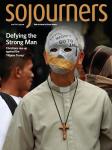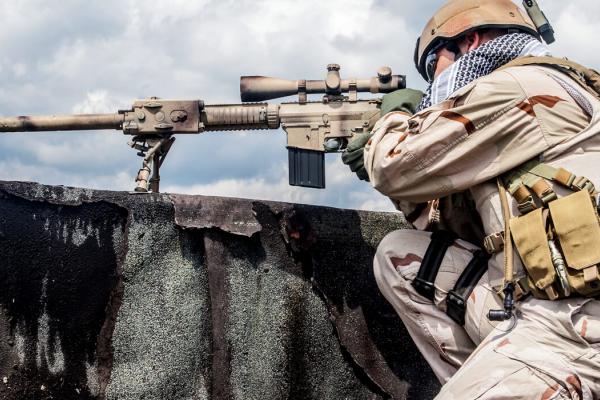THE CONTROVERSIAL Jan. 29 attack by U.S. forces on a rural township in Yemen exemplifies the failed U.S. policy in the region.
In the first military raid carried out by the Trump administration, one U.S. soldier and at least 25 civilians were killed in the attack on the village of al-Ghayil in central Yemen, including nine children under the age of 13. Among these was 8-year-old Nawar al-Awlaki, an American citizen, who was shot in her family’s house. Other civilians killed included visitors whose family has been active in U.N.-mediated de-escalation committees, working to quell violence in the region.
Some leaders of al Qaeda in the Arab Peninsula (AQAP) also lived in al-Ghayil. AQAP has taken advantage of Yemen’s multi-sided civil war to find refuge in remote areas. AQAP maintains an uneasy relationship with local tribes, many of whom abhor al Qaeda’s violent excesses and reactionary interpretation of Islam but respect AQAP’s ability to fight common enemies.
When Navy SEALs found themselves under fire, they called in airstrikes. The barrage hit houses where families slept, killing people and livestock. Navy SEAL William “Ryan” Owens was also killed.
President Trump initially blamed his own generals and former President Obama for the botched raid. Then, in his first address to Congress, Trump pivoted, describing it as “a highly successful raid that generated large amounts of vital intelligence.” Owen’s widow was present; Trump referred to her multiple times in his address. Owen’s father refused to meet with the president and asked for an investigation into his son’s death.
The Trump administration said that 14 AQAP members were killed, but AQAP leader Qasim al-Rimi, a primary target, was not captured. Additionally, the “vital intelligence” recovered was at least 10 years old and already available on the internet. The raid is widely seen as an example of the new president’s determination to grant the U.S. military more leeway in escalating such operations.
The U.S. military involvement in Yemen began with drone warfare 15 years ago under the Bush administration. It dramatically escalated under Obama. Obama’s own first attack—ordered Dec. 17, 2009, nearly a year after his inauguration—also ended in disaster. Fourteen suspected terrorists and 41 Yemeni civilians were killed, including children.
Setting aside the deeply troubling moral and legal issues with U.S. military action in Yemen, these operations have proven counterproductive in diminishing terrorist activity.
For example, a 2012 attack killed a highly respected cleric who was an outspoken opponent of AQAP. He was killed while meeting with AQAP officials to demand they curb their activities in the area. After the U.S. assault, the cleric’s tribe joined forces with AQAP to fight the U.S.-backed Yemeni government. Additionally, there are instances of Yemeni civilians organizing against al Qaeda through nonviolent resistance. In Ghail Bawazeer and elsewhere, videos have shown hundreds of people marching to al Qaeda headquarters to protest reactionary policies and to force out leaders. But the continued threat of drone strikes keeps many Yemenis more afraid of the United States than of AQAP.
The United States has contributed greatly to the suffering of Yemen through its longstanding support for the autocratic Saleh regime that was eventually ousted in part as a result of a largely nonviolent civil insurrection in 2011; for Saudi Arabia’s plan to turn power over to Saleh’s vice president, an army general, instead of the broad coalition of popular organizations that led the pro-democracy uprising; and for the Saudi military campaign against Houthi rebels that has killed thousands of civilians.
In March, the Trump administration launched several rounds of missile strikes in Yemen. These policies feed into the rise of al Qaeda. Further militarization of the conflict does not help.

Got something to say about what you're reading? We value your feedback!

